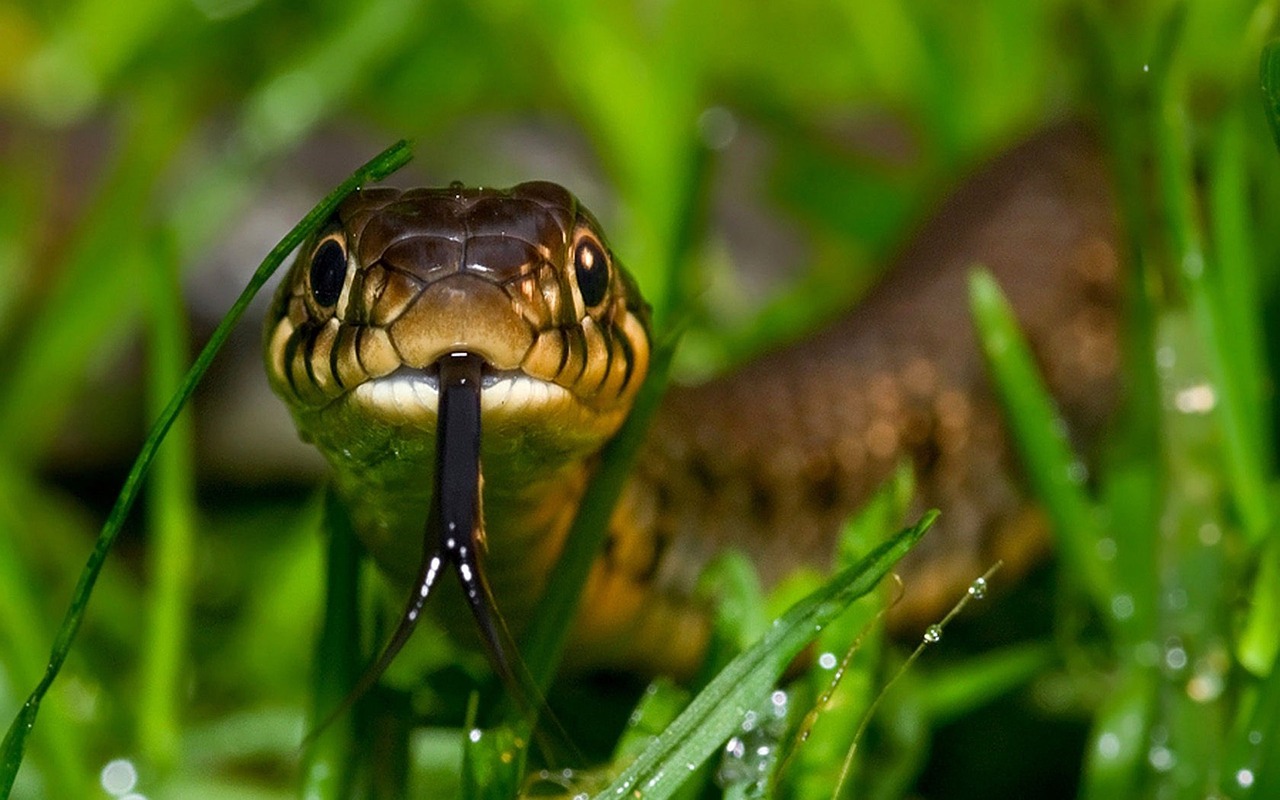Throughout human history, snakes have slithered their way into our collective consciousness, inspiring both fascination and fear. These reptiles, with their hypnotic eyes, silent approach, and sometimes deadly venom, have become powerful symbols in mythologies across the globe. From massive world-encircling serpents to multi-headed guardians of the underworld, snake monsters represent some of the most terrifying and awe-inspiring creatures ever conceived by the human imagination. These mythological serpents often embody primal fears, cosmic forces, or serve as metaphors for the unknown dangers lurking in our world. This exploration of serpentine nightmares reveals how different cultures have channeled their reptilian anxieties into legends that continue to captivate us thousands of years later.
Jörmungandr: The Midgard Serpent
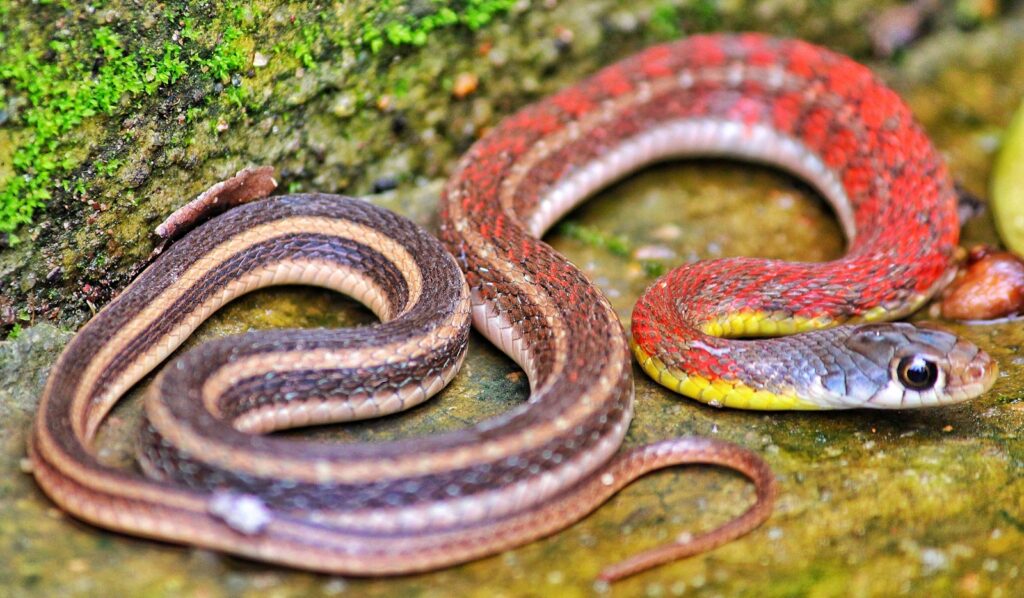
In Norse mythology, Jörmungandr stands as one of the most colossal serpentine monsters ever conceived, a creature so vast it encircles the entire world while biting its own tail. Born to the trickster god Loki and the giantess Angrboða, this monstrous offspring was cast into the great ocean by Odin, where it grew so large it could wrap around Midgard (Earth) entirely. The Midgard Serpent was said to maintain the balance of the world, yet its release would herald Ragnarök, the end of the world, when it would battle Thor in a confrontation where both would perish. The image of Jörmungandr represents both cosmic order and chaos, a primordial force that served as both protector and destroyer of the world humans inhabited.
Typhon: Father of Monsters

Greek mythology presents us with Typhon, often considered the deadliest and most fearsome creature in their pantheon. Described as a hideous serpentine giant with a hundred dragon heads, each capable of breathing fire and speaking in the voices of gods and animals, Typhon’s lower half consisted of massive vipers that could reach the stars when stretched out. Born to Gaia (Earth) and Tartarus as an instrument of vengeance against the Olympian gods, Typhon’s strength was so immense that he nearly overthrew Zeus, causing most gods to flee in terror. Eventually defeated after a cataclysmic battle, Typhon was imprisoned beneath Mount Etna, where his rage causes volcanic eruptions and earthquakes to this day. As the father of many other mythological monsters, including the Chimera and Cerberus, Typhon represents the chaotic forces that threaten divine order.
Apophis: The Chaos Serpent
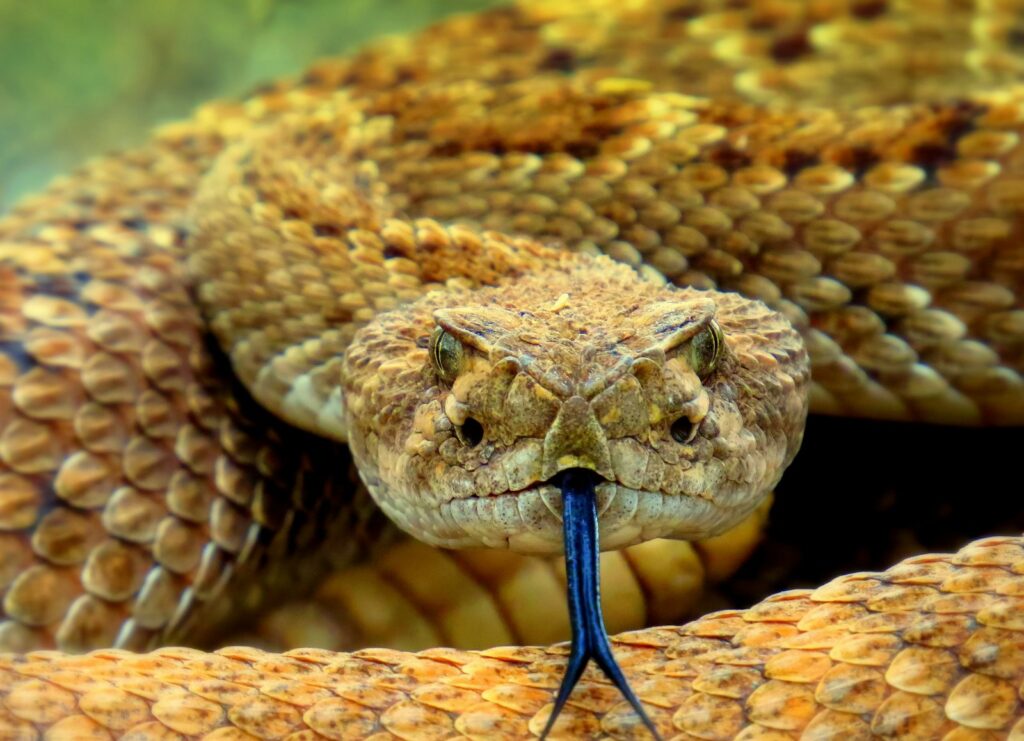
Ancient Egyptian mythology features Apophis (also known as Apep), the deification of darkness and chaos, portrayed as a massive serpent that sought to devour the sun god Ra during his nightly journey through the underworld. Each night, this enormous serpent would attack Ra’s solar barge, threatening to plunge the world into eternal darkness if successful. Unlike many mythological creatures, Apophis was never considered a god but rather the embodiment of all that opposed Ma’at, the Egyptian concept of order, truth, and justice. The daily battle between Ra and Apophis symbolized the perpetual struggle between creation and dissolution, with priests performing rituals to help defeat the chaos serpent and ensure the sun’s return each dawn. Apophis’s very existence represented the Egyptians’ deepest fears: the collapse of order and the triumph of nothingness.
Hydra: The Many-Headed Horror
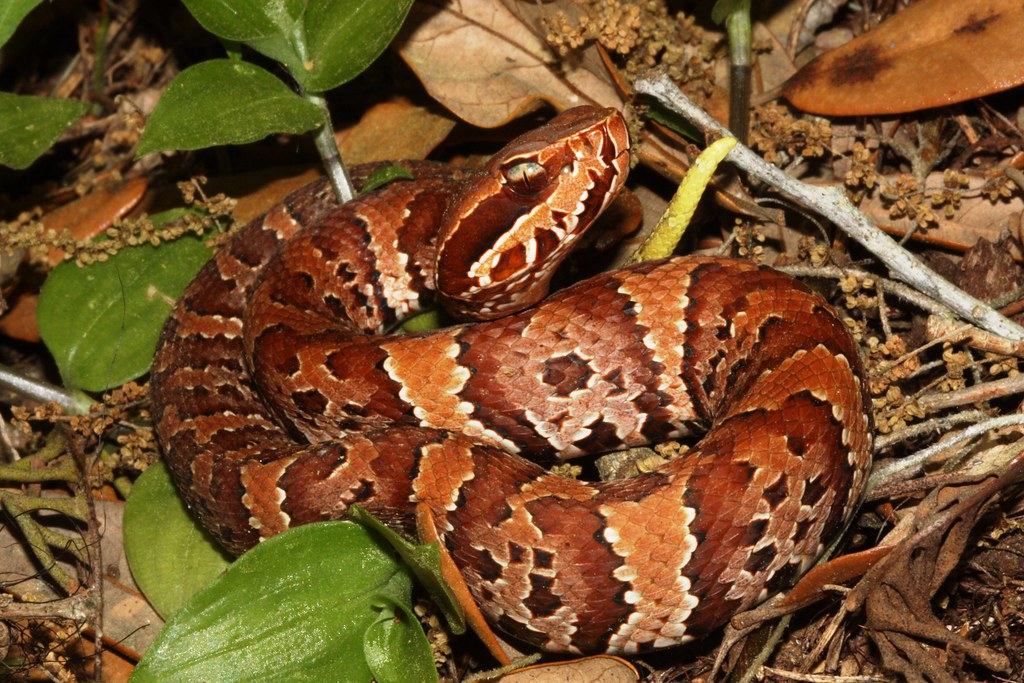
The Lernaean Hydra of Greek mythology stands as one of antiquity’s most terrifying reptilian monsters, a water serpent with multiple heads—accounts range from five to one hundred—dwelling in the murky swamps of Lerna. The creature’s true horror lay in its regenerative capability; when one head was cut off, two would grow in its place, making the beast seemingly impossible to kill. As the offspring of Typhon and Echidna, the Hydra possessed breath so venomous that even its scent could be fatal, while its blood was so toxic that arrows dipped in it caused incurable wounds. Slaying this monster formed Heracles’ second labor, requiring him to cauterize each neck stump with fire to prevent regeneration, while contending with a giant crab sent by Hera to distract him. The Hydra embodies the paradoxical nature of problems that grow worse when confronted directly, requiring ingenuity rather than brute force to overcome.
Nāga: Divine Serpents of Hindu and Buddhist Lore
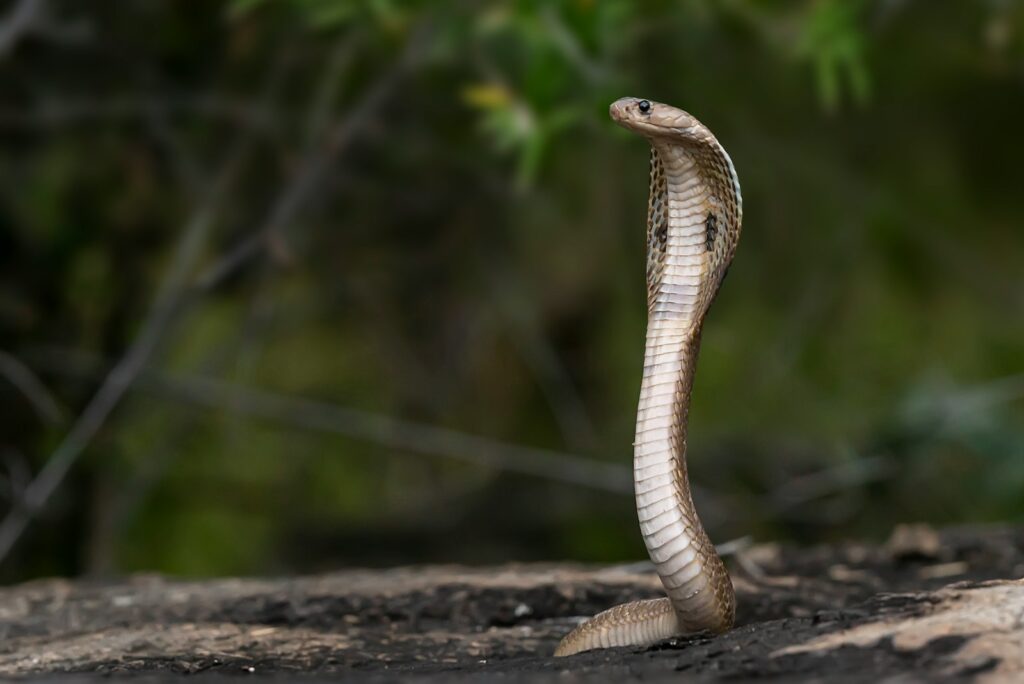
The mythologies of South and Southeast Asia feature the Nāgas, a race of semi-divine serpent beings that dwell primarily in the netherworld and waters but can assume human form at will. These powerful beings appear prominently in Hindu, Buddhist, and Jain traditions, often depicted as massive cobras with multiple heads, sometimes wearing crowns or possessing human upper bodies. While not inherently evil, Nāgas can be terrifying adversaries when provoked, possessing deadly venom, supernatural powers, and guardianship over tremendous treasures. The mighty serpent king Shesha serves as the bed upon which Lord Vishnu rests between cycles of creation, while other Nāgas like Takshaka are known for their devastating vengeance against humans who have wronged them. Throughout Asian mythologies, Nāgas represent the dual nature of water: life-giving when respected but deadly when underestimated.
Quetzalcoatl: The Feathered Serpent

In Mesoamerican mythology, Quetzalcoatl (“feathered serpent”) represents one of the most significant deities, combining the earthbound nature of the serpent with the freedom of a bird to create a powerful symbol of duality. While not typically portrayed as monstrous or evil in the traditional sense, this massive plumed serpent deity possessed fearsome aspects that inspired both reverence and terror among the Aztec, Maya, and other Mesoamerican civilizations. Capable of devastating destruction when angered, Quetzalcoatl controlled the winds and storms, could cause earthquakes, and was associated with both creation and destruction cycles. The deity’s departure and promised return played a significant role in the Spanish conquest, as some accounts suggest Moctezuma initially believed Cortés might be the returning god. The feathered serpent’s paradoxical nature—simultaneously chthonic and celestial—embodies the complex theological understanding of these advanced civilizations.
Tiamat: The Primordial Chaos Dragon
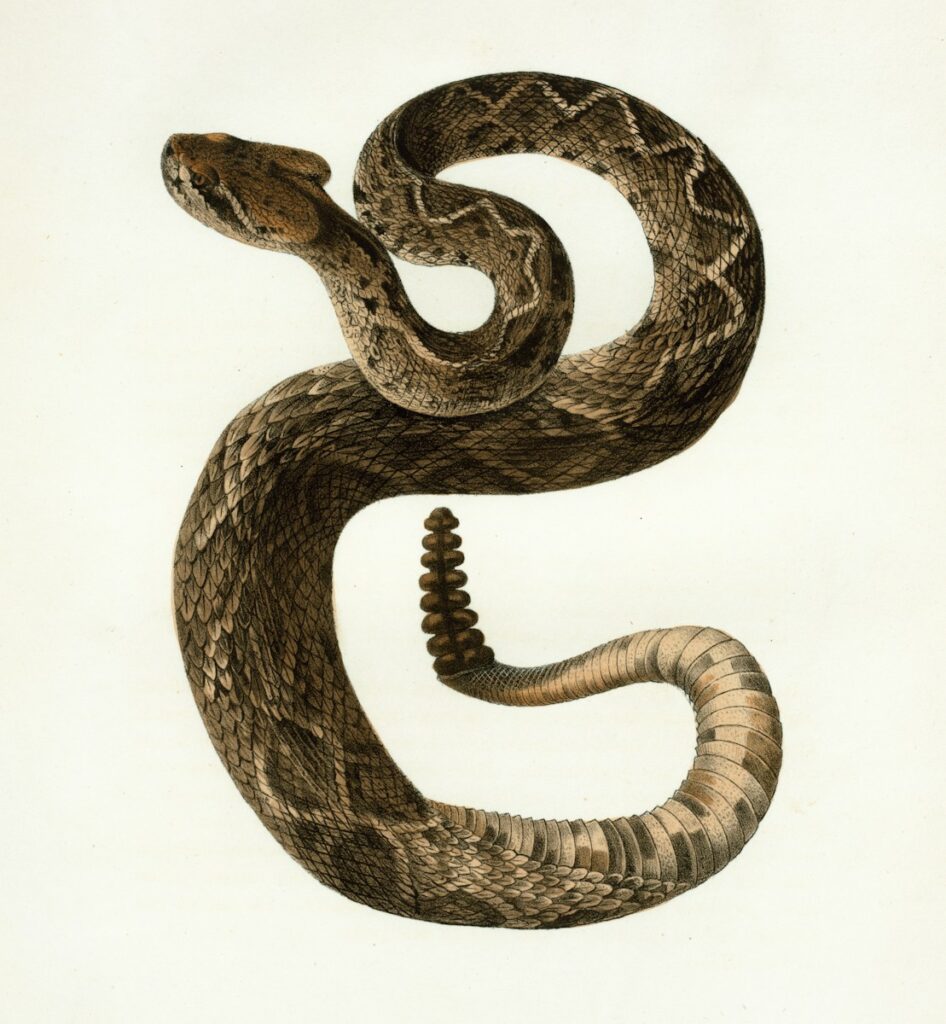
Mesopotamian mythology introduces us to Tiamat, the primordial goddess of salt water who took the form of a massive sea serpent or dragon. As one of the oldest recorded serpentine monsters in human literature, appearing in the Babylonian creation epic Enuma Elish from around 1800 BCE, Tiamat represents the original chaotic waters from which all creation emerged. After her consort Apsu was killed, Tiamat waged war against the younger gods, creating eleven monstrous creatures including scorpion-men, serpent-dragons, and other horrors to battle them. Her eventual defeat by the storm god Marduk, who used her dismembered body to create the heavens and earth, establishes the archetypal pattern of a cosmic serpent whose body forms the material world. Tiamat’s dual nature as both creator and destroyer established a template for serpent deities that would influence mythologies throughout the ancient world.
Níðhöggr: The Corpse-Tearer
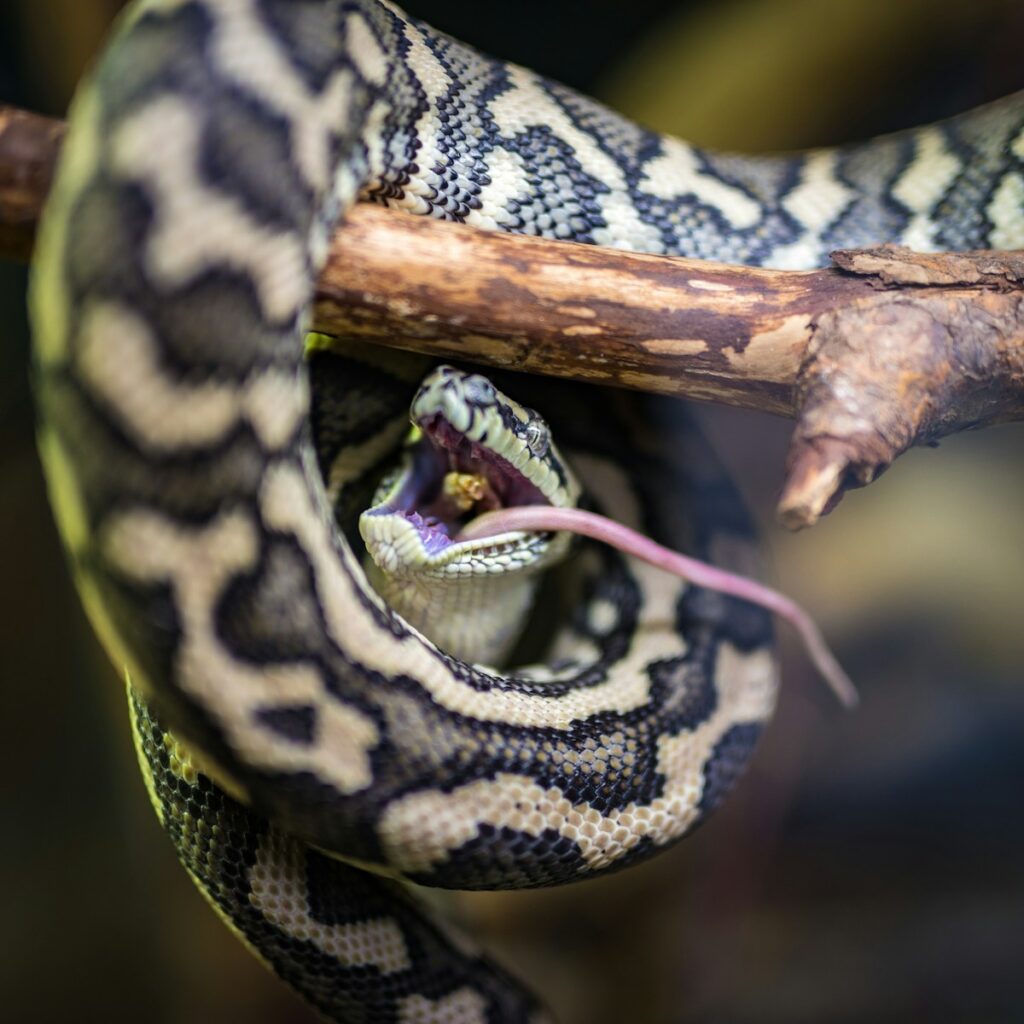
Norse mythology presents the terrifying dragon Níðhöggr (often anglicized as Nidhogg), whose name translates to “malice striker” or “dread biter.” This massive serpent resides at the base of Yggdrasil, the world tree, where it constantly gnaws at the roots, threatening the stability of the entire cosmos. Beyond its world-threatening role, Níðhöggr inhabits Náströnd (Corpse Shore), a hall in the realm of Hel where it feasts upon the bodies of murderers, adulterers, and oath-breakers, tearing their corpses apart with its massive fangs. According to the Poetic Edda, this monstrous serpent will survive Ragnarök, carrying corpses in its wings as it flies over the battlefield of the gods. Níðhöggr represents destruction at the most fundamental level—not merely of life but of the cosmic order itself—making it among the most conceptually terrifying serpents in mythology.
Python: Apollo’s Serpentine Nemesis
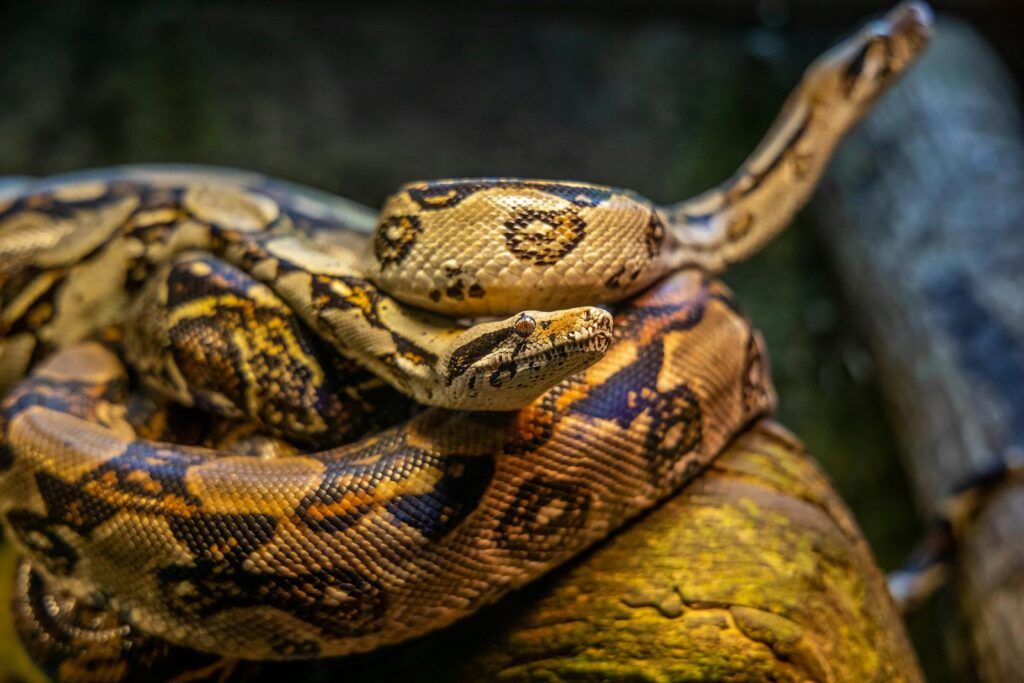
Greek mythology features Python, an enormous serpent or dragoness born from the mud left after the great deluge. This earth-child monster was appointed by Gaia to guard the oracle at Delphi, where it terrorized the local population and prevented worship. According to the myths, Python pursued the pregnant Leto, mother of Apollo and Artemis, attempting to prevent her from giving birth at the command of jealous Hera. In vengeance, a young Apollo tracked the serpent to its lair at Delphi, slaying it with arrows and establishing his famous oracle on the site. Python’s rotting body fell into a fissure, and from this decay arose the intoxicating vapors that would later inspire the prophetic trances of the Pythia, Apollo’s priestess. This monster’s legacy lives on in our modern term “python” for large constricting snakes, as well as in the word “pythonic,” referring to prophetic powers.
Yamata no Orochi: The Eight-Forked Serpent
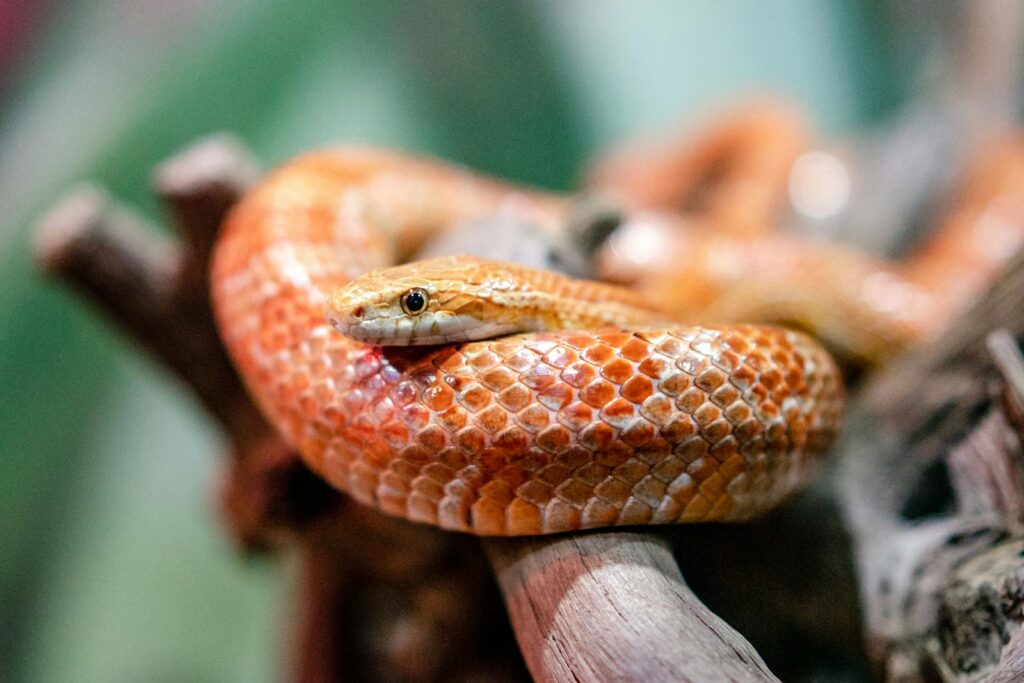
Japanese mythology presents us with Yamata no Orochi, a legendary eight-headed and eight-tailed serpent with eyes that glowed like winter cherries and a body so large it covered eight valleys and eight hills. This terrifying creature demanded annual sacrifices of young maidens from the distressed local population. According to the ancient chronicles Kojiki and Nihon Shoki, the storm god Susanoo encountered the serpent when he met a family grieving because seven of their eight daughters had already been devoured, with the final sacrifice approaching. Susanoo cleverly defeated the monster by placing eight barrels of strong sake near its lair; when each head drank deeply and fell into a stupor, he decapitated them all and discovered the legendary sword Kusanagi-no-Tsurugi within the monster’s tail. Yamata no Orochi represents the destructive aspects of water—floods, storms, and drowning—that threatened agricultural communities in ancient Japan.
Leviathan: The Biblical Sea Monster
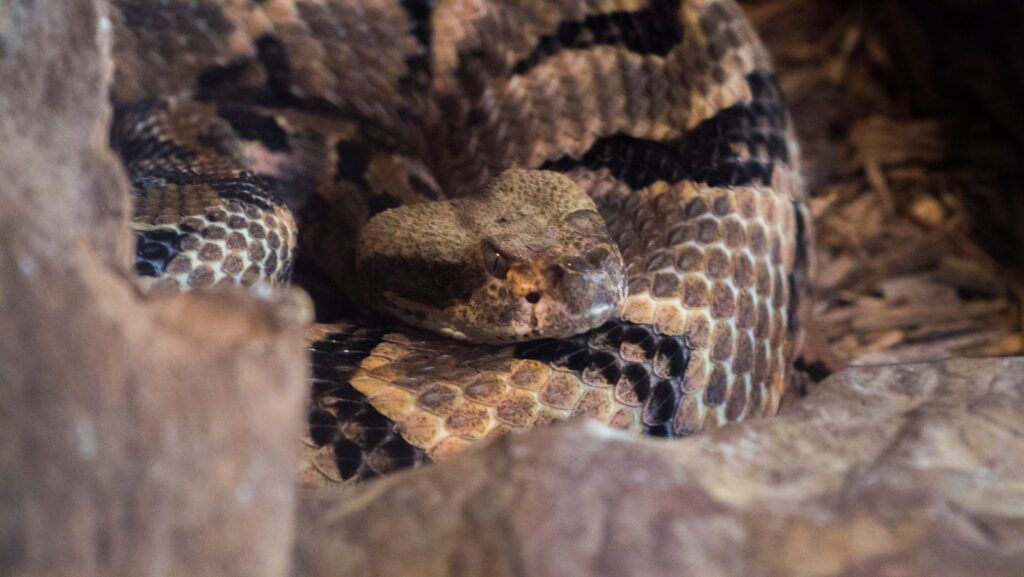
The ancient Hebrew texts describe Leviathan as a twisted sea serpent of immense proportions, often interpreted as a primordial chaos monster that only God could subdue. References in the Book of Job portray this creature as virtually invulnerable, with impenetrable scales, fiery breath, and strength so immense that “when it raises itself up, the mighty are afraid.” In some biblical passages, Leviathan is presented as a multi-headed sea monster that God will eventually slay, while in others, it seems more akin to a created sea creature of terrifying proportions. Throughout medieval Christian tradition, Leviathan evolved to become associated with Satan or one of the seven princes of Hell, representing the sin of envy. The cultural impact of this biblical serpent extends beyond religious contexts, with the very name becoming synonymous with anything of monstrous size or overwhelming power.
Bakunawa: The Moon-Eating Serpent

Philippine mythology features the Bakunawa, a gigantic sea serpent often depicted with a mouth the size of a lake, a bloodred tongue, the whiskers of a catfish, and sometimes having wings or distinct dragon-like characteristics. According to legend, this massive creature lived in the deep ocean but would periodically rise from the water to devour the moon, causing eclipses that terrified ancient Filipinos. The various ethnic groups across the Philippine archipelago tell how there were originally seven moons illuminating the night sky, but the Bakunawa consumed six of them before being prevented from swallowing the last. Traditional rituals to ward off this monster during eclipses involved making loud noises with pots and pans to frighten the serpent into releasing the moon from its mouth. The Bakunawa’s celestial appetite represented the unpredictable and potentially catastrophic forces of nature that threatened the stability of island communities.
Ouroboros: The Eternal Serpent
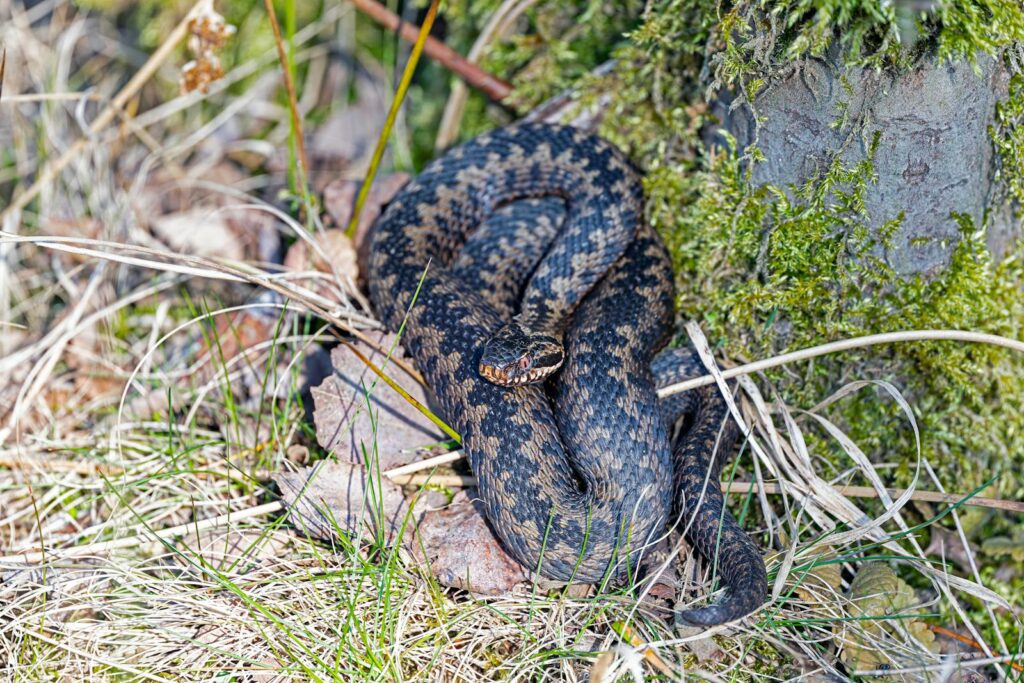
While not traditionally considered monstrous, the Ouroboros—a serpent devouring its own tail in an eternal cycle—represents one of the most ancient and widespread serpent symbols in mythology, appearing across Egyptian, Greek, Norse, Hindu, and other traditions. This self-consuming snake creates a perfect circle with no beginning or end, symbolizing eternity, endless return, and the cyclical nature of existence itself. The terrifying aspect of the Ouroboros lies not in any direct threat but in its representation of inescapable cosmic patterns from which nothing can break free—birth, death, and rebirth in endless succession. In alchemical traditions, this serpent represented the unity of all things material and spiritual, the beginning containing the end and the end containing the beginning. The psychological horror of the Ouroboros lies in its implication that we are all caught in cycles we cannot escape, destined to repeat patterns throughout eternity.
The serpentine monsters that have wound their way through global mythologies represent some of humanity’s most profound and persistent fears. From world-encircling leviathans to multi-headed guardians of the underworld, these creatures embody the unknown, the uncontrollable, and the chaos that constantly threatens to overwhelm order. Yet these mythological snakes also reveal a paradoxical reverence—many cultures associated serpents with wisdom, rebirth, healing, and creation itself. Their dual nature as both destroyers and creators reflects humanity’s complex relationship with the natural world. Whether serving as adversaries for heroes to overcome, cosmic forces maintaining universal balance, or metaphors for primal fears, these terrifying snake monsters continue to captivate our imagination, slithering through literature, art, and popular culture millennia after their first conceptions. In their scales and coils, we discover not just the monsters our ancestors feared, but reflections of our own enduring anxieties about the unpredictable forces that shape our existence.

